
Virgin Australia: The story of the junk bondholders and the reborn airline – behind the scenes
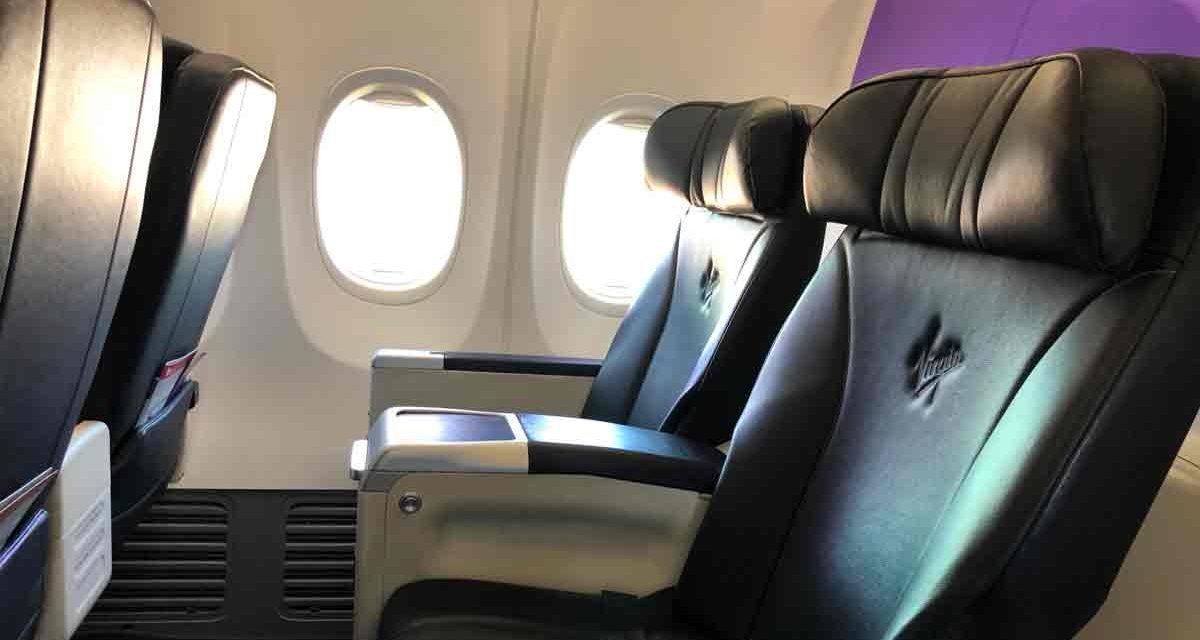
The Australian Financial Review (AFR) is today running an excellent feature on the behind the scenes story of the Virgin Australia bond holders. If you are interested in how two of the bond holders; Tor Investment Management in Hong Kong and Broad Peak Investment Advisers in Singapore worked to either take on ownership of Virgin, or to get a better payout, then this is a wonderfully atmospheric article to read. Or maybe you’re just an AvGeek who wants to know a little more about the airline industry.
‘The administrator was determined to swiftly sell a broken but iconic airline to the highest, and best, bidder. The bondholders were determined to disrupt the strategy and convert their own losses into ownership of Virgin – or at the very least, to extract a better payout.’The bondholders left stranded by Virgin Australia’s collapse. Pamela Williams, Australian Financial Review, 15/12/2020
The AFR is a subscription online and print publication that sits behind a paywall. In some markets, you are able to read a limited number of articles.
I’m not going to precis the article here, but I will provide you with, what are some scintillating quotes.
‘This would be an attempt – brazen, many said later – to turn bondholders’ debt into equity; to recapitalise the airline, then list it on the stock exchange.’The bondholders left stranded by Virgin Australia’s collapse. Pamela Williams, Australian Financial Review, 15/12/2020
One bargaining tactic was to remind the Administrators, that the bondholders represented the hopes and dreams of ‘mum and dad’ investors via their superannuation funds. It would be these investors who would lose most heavily if private equity was successful. It inferred that ‘mum and dad’ investors would be ripped off to give a stake to (nasty) private equity.
“It is also very clear to us that unless other bidders (most of whom are private equity houses as per press reports) pay at least this value to the unsecured creditors, there will be a huge value transfer from the pockets of current unsecured creditors, including Australian ‘mums and dads’ who have provided very sizeable funding to Virgin, as recently as November 2019 (a mere six months prior to Administration), to the pockets of these new bidders.”
From the bid communications between Virgin Administrators and bond holders as reported in the AFR
The article also chronicles how the bondholders became seen as possibly a Trojan Horse for Singapore Airlines to gain an oft desired, but so far denied foothold in the Australian market.

And to remind you of the timeline, here is a pretty good one from the article:
On February 2 this year, the US closed its borders to foreign nationals. On March 17, Australia banned international travel. Qantas, Virgin and Jetstar suspended international flights. On March 25, the borders were closed. On April 21, Virgin collapsed and entered administration.
The bondholders left stranded by Virgin Australia’s collapse. Pamela Williams, Australian Financial Review, 15/12/2020
After its period of Administration, Virgin Australia re-emerged, de-listed from the ASX and under the ownership of Bain Capital on 17 November 2020.
2PAXfly Takeout
This is another timely reminder to wear your seatbelt when seated. Holding you close to your seat will protect you from the sort of injuries sustained on this flight, when unsecured passengers flew to the ceiling of the aircraft, and then came crashing down once the ‘drop’ ceased.
The hope will be that this is an anomaly – a ‘freak accident’ in casual parlance. If it is a systemic error either mechanical or electronic, then this is a larger concern for the airlines that fly Boeing Dreamliner 787 aircraft. Let’s hope it isn’t. If it is, it will pile on the woes to Boeing’s existing stack.
Anyway with background on the major players, and a behind the scenes view of their tactics, this article is fascinating – to me – at least.
I hope you find this corporate tale of intrigue of interest.




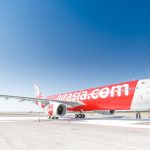
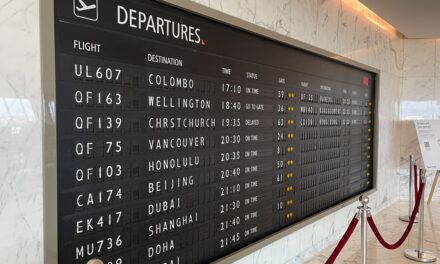







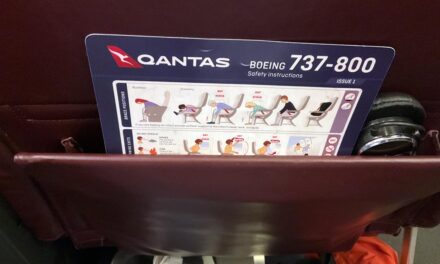
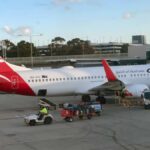


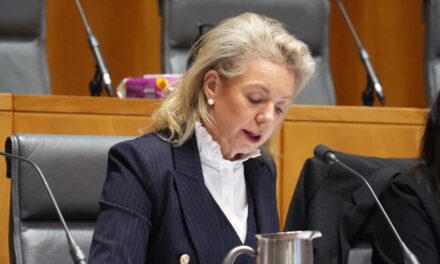





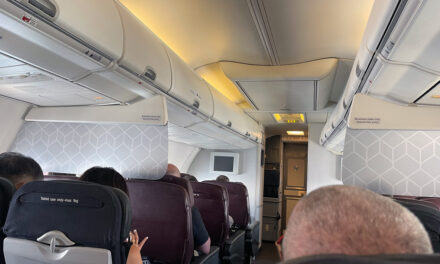






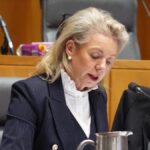




What did you say?